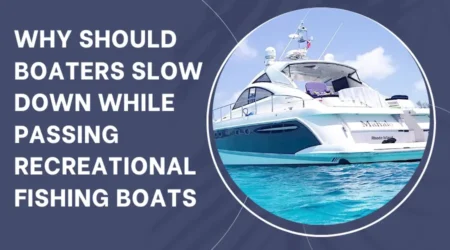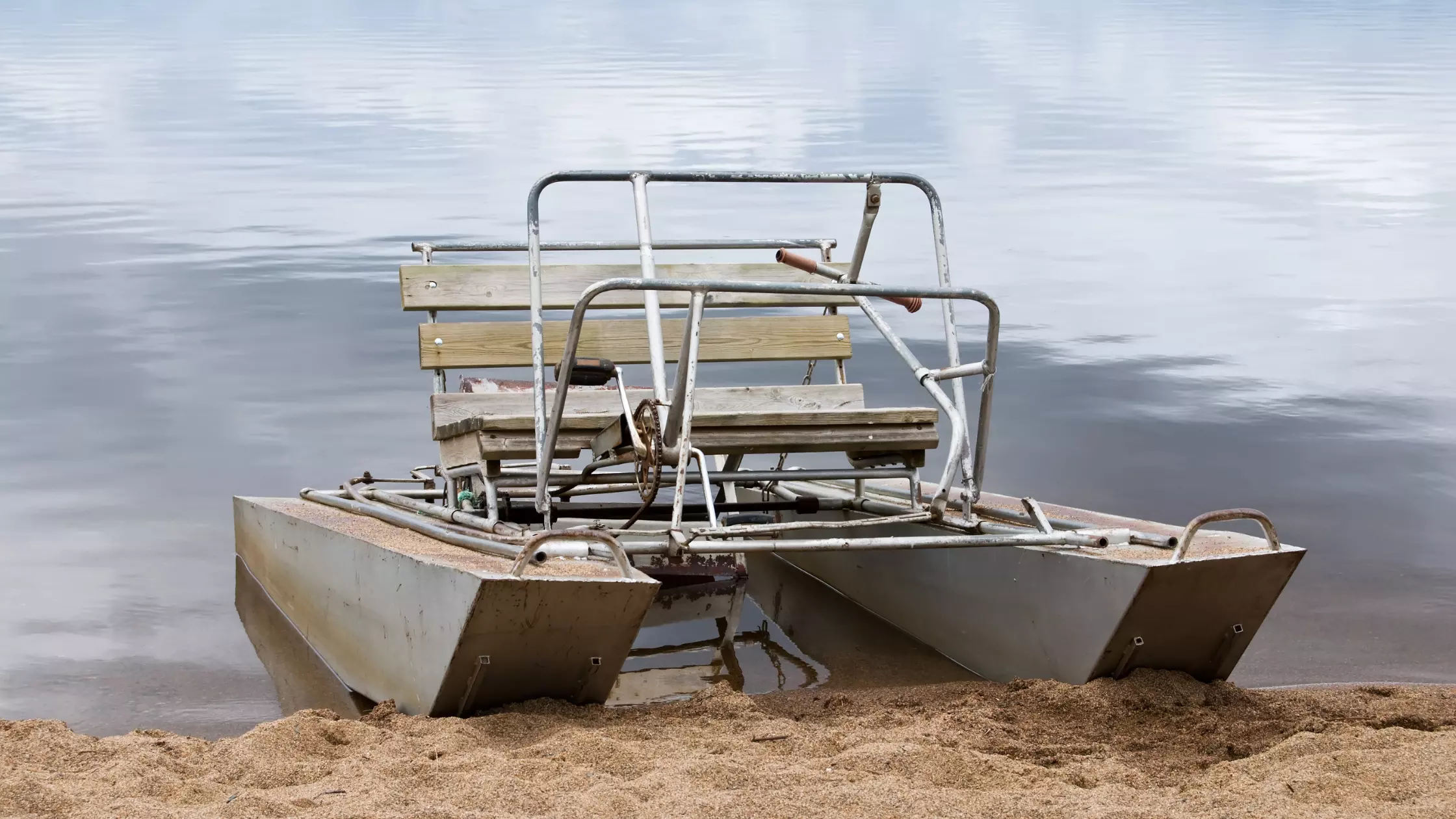Do you plan to purchase a new boat?
Did you ever wonder What is the boat draft?
Buying a boat requires you to consider the draft. Using a boat safely depends on its draft.
When purchasing a boat, you want to make sure it matches your needs, e.g. whether you can use it in deep or shallow waters.
The draft of a boat is one of the most important aspects to consider when buying a boat, as it will help you make an informed decision
Most boats have a draft measurement on the specification chart; it’s a measurement that some boat buyers may consider very important. It is simply the distance between the waterline and the boat’s deepest point that determines a boat’s draft.
What Is Draft On A Boat?
A boat is a big decision, and when it comes to choosing it, there are many factors to consider. A boat’s value and utility are determined by its condition, history, accessories, and aesthetics.
The draft measurement of a boat is one of the most important decisions you will make when purchasing one.
How does a boat’s draft work?
A draft is the vertical distance between the waterline and the lowest point of the hull. The depth at which a boat can float freely without touching the bottom of a lake, ocean, or sea is called the draft.
You can use the boat’s draft to determine how deep the waters need to be for you to take your boat out safely. To determine the best boat draft, you must first determine where you will use the boat.
For offshore trolling, you will need a boat with a different draft than if you want to use your boat in shallow waters or near the shore.
It is inconvenient and dangerous to take a boat with a shallow draft into deep waters. Boats with deep drafts in shallow waters experience the same problem.
A boat’s hull type determines which of three main classes it belongs to. The draft of a boat depends largely on its full size.
What’s The Deepest Point of a Boat?
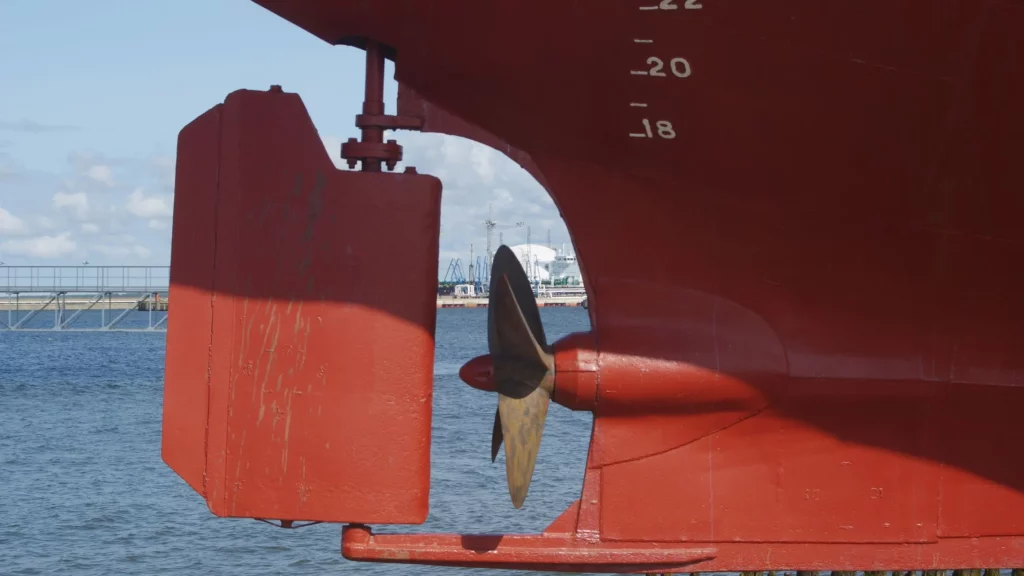
The draft of a boat is its deepest point. In spite of this, the draft does not necessarily refer to the bottom of the boat, which is considered the deepest point of the hull.
The type of boat determines whether the draft applies to the hull. The draft of inboard propulsion boats is measured by the depth of the rudder or propeller in the water.
Boats with sterndrives and outboards have drives that can be lowered into the water or raised above it. It is important to note that the draft of these types of watercraft is measured both from the bottom of the propeller and the lowest point of the hull (also called the keel).
Most cruisers and runabouts have a draft of 2.5 feet to 3 feet or more.et. Smaller boats like skiffs and bay boats have a draft of a few inches to a foot and a half.
Pontoon boats and boats with a flat hull tend to have less of a draft whereas boats with a v-shaped hull will sit deeply in the water.
A watercraft’s minimum draft should be the manufacturer’s listed draft. The boat will sit lower in the water once loaded up with people, gear, coolers, and fuel.
Additionally, there may be rocks and debris along the seafloor. Because of this, it’s best to add a foot or two to the draft to be careful.
3 Main Hull Styles
Boats are classified according to their hull size into three categories. The following categories are included:
Skiffs are small boats that are referred to as an umbrella term. Small, open, and with simple systems, skiff boats share many characteristics with sailboats. There are few seats, an outboard engine, and a shallow hull on these boats.
Skiffs are not suitable for large, rough water bodies due to their small size and simplicity. You may be able to use a skiff boat with a draft of 3 to 4 inches in shallow waters.
Bay boats, also known as flats boats, are great for reaching difficult-to-reach areas.
Typically larger than skiffs, these boats have a V-shaped hull, making them more powerful vessels for maneuvering shallow open waters.
It is, however, not recommended to use bay boats in choppy waters. Their smaller size and shallow hull make them unsuitable for deep seas or turbulent waters.
You can navigate shallow waters and slightly choppy conditions safely with a bay or flatboat with a draft of 10 to 14 inches.
It is much easier to get into the deep sea with offshore boats because they are much bigger vessels.
A boat with a large hull that can float in these large and open water bodies is essential for exploring the deep seas in search of large fish.
The most popular offshore boats are walk-arounds, center consoles, and sportfishing yachts. Larger water bodies require boats with deeper drafts, typically 14 feet or more.
Now that you know what a draft is, you might wonder why it’s important. Next, let’s look at that.
Why Is Draft On A Boat Important?

You can use a boat safely and properly by knowing its draft. Measurement of a boat’s draft, on a technical level, ensures that the vessel’s stability is not compromised by carrying a maximum load.
The boat you choose should be big enough to accommodate you and your family and the occasional entourage of friends. You should also ensure that your boat can support the human and fish weights if you use it for fishing.
Choosing a boat with more draft ensures balance, stability, and overall safety if you need to carry significant weight.
An excessive amount of weight in a boat can cause it to sink to the bottom of the water body, increasing the chance of flooding if you encounter even the tiniest waves.
When the hull is too low, water can collect in the deck when the draft is not considered. In cold weather or cooler waters, this water can freeze over the hull and cause the engine to fail.
It is also possible for the boat to become unstable due to the additional weight.
Different boats have different minimum and maximum drafts according to international boat safety standards.
Consider the typical weather patterns in the area where you plan to sail when buying a boat.
It is also important to keep in mind that different water bodies in different regions have different physical and chemical characteristics that should be taken into account when choosing the appropriate vessel.
It is important to know a boat’s draft for safety reasons. Shallow drafts in deep waters lack stability and can be thrown off by simple changes in weather or sea conditions.
It is even possible for a boat to flood, overturn, or capsize as a result of severe conditions.
How To Read Draft In A Boat?
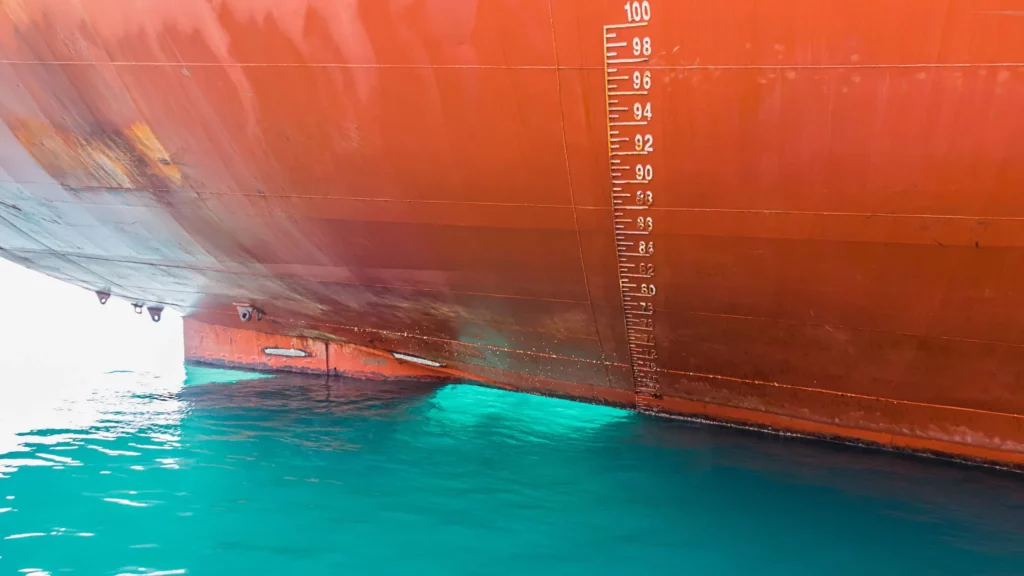
Is it true that you can read the draft of a vessel? There are draft measurements indicated on the sides of waterborne vessels located near the stern.
There is no way to miss the draft measures- they look like a ruler with figures written on it.
A large offshore boat will most likely have draft markings at several locations to make them easier to see. A draft marking is found on the hulls of these boats at the rear, front, and middle.
Check the boat’s draft as well as its documentation.
There are several ways to calculate a boat’s draft. Boats with inboard pod drives calculate their draft from the gear below the boat. Rudders and propellers may be included.
The draft of an outboard boat is measured by the distance between the drive and the water’s surface. Drive-up refers to the measurement taken with the drive up. When the drive is down, there is a drive down draft.
When the drive is up, the bottom or keel of the boat is usually measured. In this case, the draft is measured from the front skeg of the propeller if the drive is facing down.
In some boats, the drive system is located inside the vessel. This boat’s draft will be measured from the surface of the water to the keel.
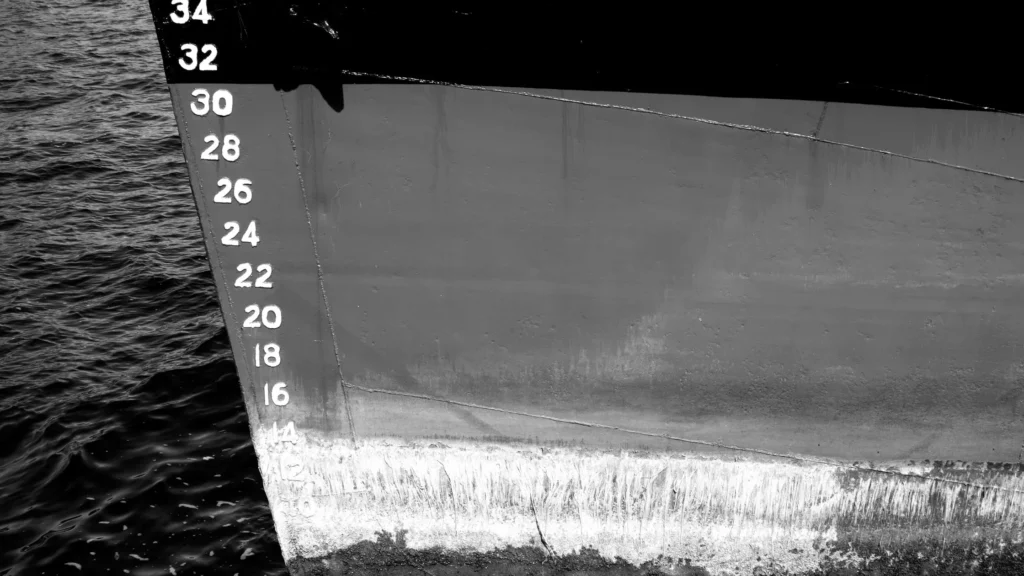
Remember that the draft measurements in your vessel’s documents were taken when the boat’s fuel and water tanks were empty. Additionally, these measurements do not include additional weight, such as passengers or cargo.
There are other factors that will affect the draft measurement, such as the hull’s design and the cargo and passengers’ weight distribution.
In order to calculate your boat’s draft accurately, load the boat with the normal amount of cargo and passengers.
Next, identify the boat’s lowest point, also known as the keel. It is critical to keep in mind that different vessels will have different keels, which will also be positioned differently.
The position of the keel can affect the draft when measuring the draft of a boat; you should measure from the bottom.
Next, measure how far the boat’s lowest point is from its waterline. The draft of your boat is measured in centimeters or feet.
Calculating Boat Draft
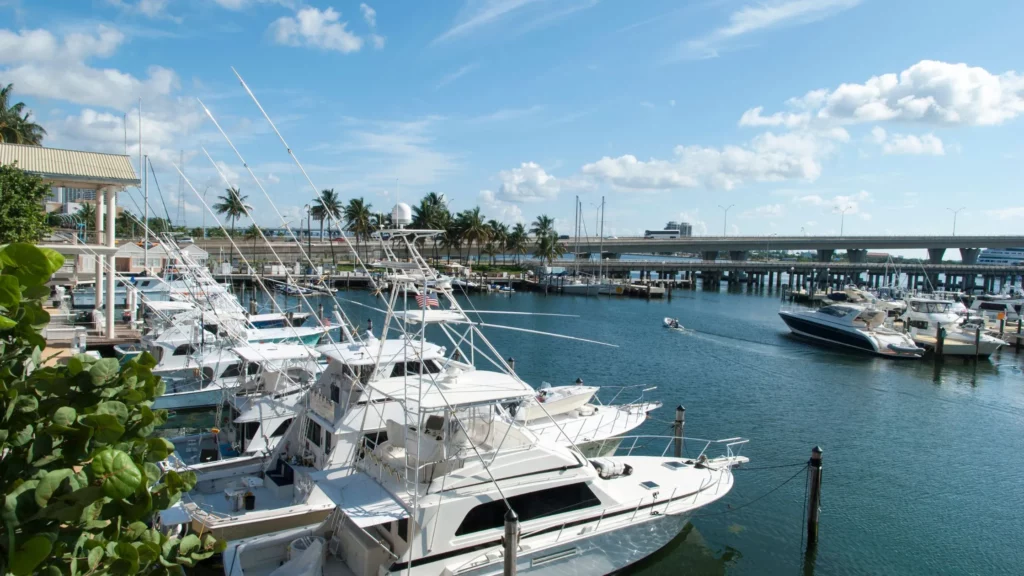
Published draft specifications for boats should be considered “approximate” since they are calculated with the boat “dry” (fuel and water tanks empty) and do not include the weight of passengers and gear.
There may be engine options available for boats that can alter the weight, and therefore the draft, of the vessel.t, of the vessel.
Obviously, the more weight in the boat, the lower it will ride in the water and the more it will draw. When the boat is loaded, the draft will vary depending on the hull design.
It is even possible for passengers to affect the draft of a smaller boat by their location – either seated at the bow or at the stern. It is important, it’s best to load the boat for a typical day on the water and then measure the drafter and then measure the draft.
Which One Is Better: Shallow Draft Vs Deep Draft?
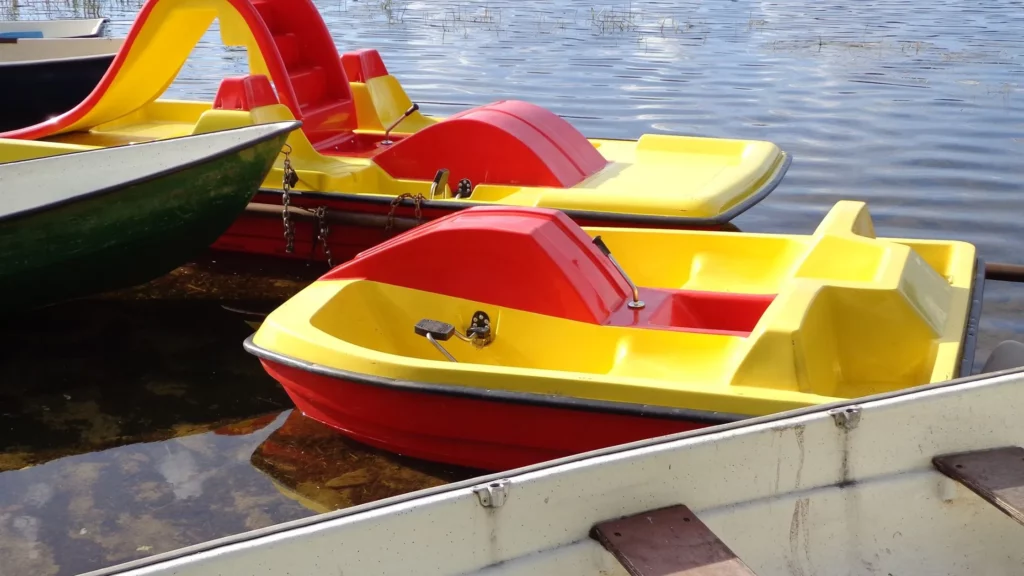
Determine whether you want a shallow draft or a deep draft boat based on how you plan to use it.
There are advantages and disadvantages to using either one of these two. Let’s talk about this in the next section.
Shallow Draft Boats
There are many shallow draft boats without a keel and flat bottoms. Boats without keens are less stable in deep or choppy waters.
This is why shallow draft boats are best used in shallow and calm waters without a keel.
The bottom of some boats are equipped with engines. Shallow waters, however, can pose a problem.
If you want to navigate very shallow waters, shallow draft boats with flat bottoms are the best choice.
Advantages Of Shallow Draft Boats
There are a number of advantages to shallow draft boats:
Disadvantages Of Shallow Draft Boats
Deep Draft Boats
Deep draft boats have a hull that extends deeper into the water and is larger and more pronounced. The bottom of the hull is not always the lowest point in these vessels.
Boats with deep drafts typically have a keel, which goes deeper into the water to increase stability. These boats have a deeper draft due to the addition of the keel.
The advantages and disadvantages of deep draft boats are similar to those of shallow draft boats.
Advantages Of Deep Draft Boats
Disadvantages Of Deep Draft Boats
A boat with a deep draft has the following disadvantages:
The Bottom Line: What Is Draft On A Boat?
A boat’s draft determines its suitability.
A rough estimate of your vessel’s draft can be obtained by measuring the depth from the waterline to the bottommost part of the vessel.
In order to ensure safety and stability when using a boat, it is important to choose a vessel with the appropriate draft for its intended use.
A ship’s draft is the vertical distance between the waterline and the bottom of the hull (keel). It includes appendages such as rudders, propellers, and drop keels if deployed, as well as the vessel’s maximum depth.
Water depth determines how deep a ship or boat can safely navigate. A vessel’s air draft refers to its maximum height above water




